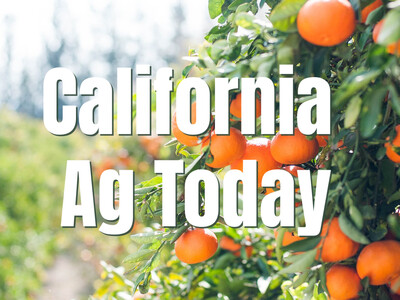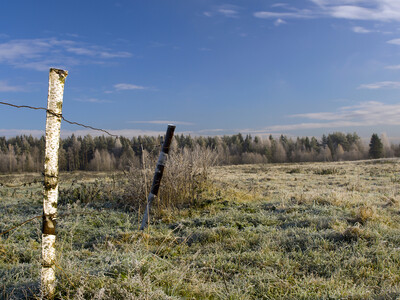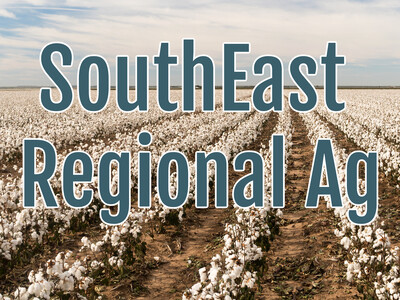8-11 NWR Commodity report
While Northwest agriculture's overall growth curve has slowed down in recent years, certain crops and livestock commodities have enjoyed a very healthy increase in production value over the past decade:Newly released statistics show that only one commodity in the top 20 has recorded a decrease over the past 10 years, and that drop is very small. All others have shown gains from 2005 through last year. Some have grown dramatically. Overall, the industry keeps expanding its value and the diversity of agriculture helps. Jim Johnson of the Oregon Department of Agriculture: "Over 220 different commodities. That diversity is so important to maintaining the long term viability of agriculture. When one product is down, another one takes its place and fills in the gap."
Here's how the top 10 shakes out– Cattle and calves, followed by greenhouse and nursery, hay, milk, grass seed, wheat, potatoes, pears, wine grapes and onions.
In the second most-important season for retailers behind the winter holidays, families with children from kindergarten to 12th grade plan to spend an average of $673.57 on clothing, accessories, electronics, shoes and school supplies. That's up nearly 7 percent from last year, according to the National Retail Federation. The group surveyed nearly 7,000 consumers from June 30 through July 6 about their plans.
Even though that survey showed signs that parents are less worried about the economy, stores are still pushing fat discounts.














